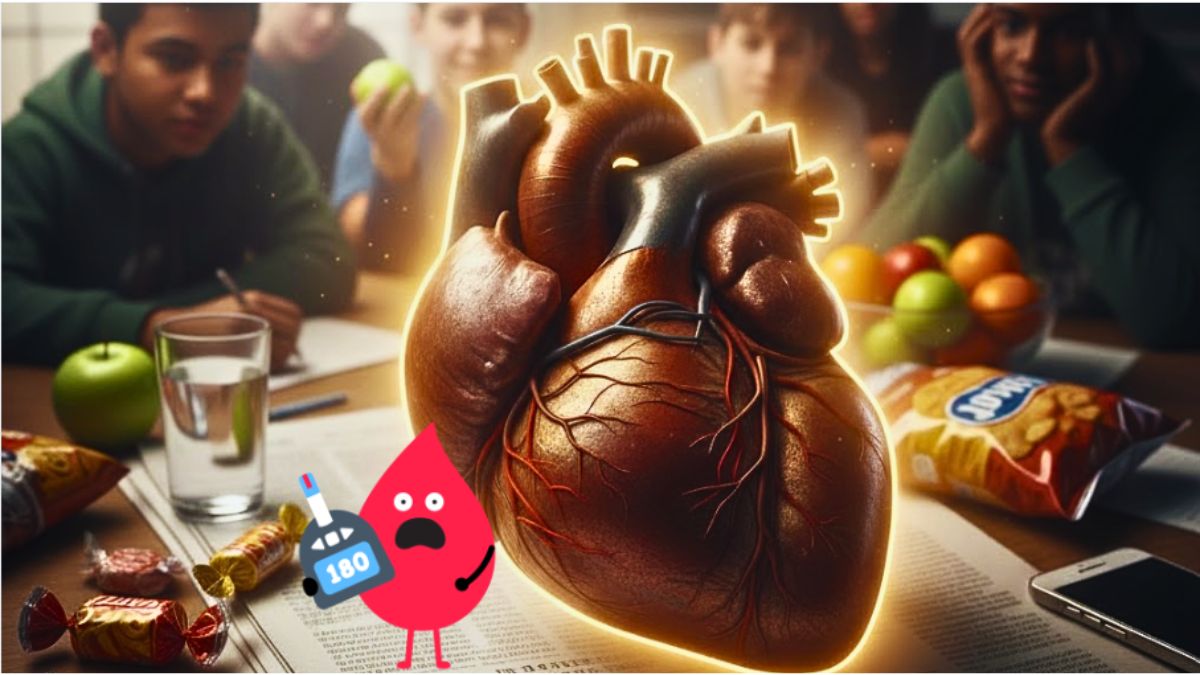LIFE AND STYLE
Health Timebomb: Nearly 1/2 of Teenagers Now Pre-diabetic

Nearly one in two teenagers is now suffering from pre-diabetes, a startling public health emergency that is hitting the nation’s youth “full-force.” The crisis, which one expert claims is seeing a rate unseen in any other country globally, has prompted the Prime Minister to promise “strong action,” including a new tax on sugary products.
The alarming figure of 44% of adolescents presenting with pre-diabetes was revealed by Dr. Keyvoobalan Pauvaday, an adviser to the Ministry of Health, at the International Conference on the Cardiac, Renal, and Metabolic Disease Crisis. The announcement served as an “electric shock” to attendees.
Political Pledge and Global Crisis
Prime Minister Navin Ramgoolam, recently returned from discussions with Professor Derek Yellon of the Hatter Institute in London, has vowed a robust governmental response.
This includes taxing sugary products and increasing resources for prevention and awareness campaigns.
The World Health Organisation (WHO) has labelled the global rise an “invisible pandemic,” estimating that over one billion people are now living with diabetes or pre-diabetes worldwide, with a related death occurring every nine seconds. Locally, the financial burden is staggering, costing the country over Rs 6.6 billion annually.
The Diabetes Threat
Pre-diabetes is a “fuzzy zone” where blood sugar levels are elevated but have not yet reached the clinical threshold for full-blown diabetes.
Though “silent” and “invisible,” it is highly dangerous because in 80% of cases, it progresses to diabetes within five years, opening the door to severe complications like heart disease, stroke, blindness, or kidney failure.
Long considered an adult condition, pre-diabetes is now afflicting teenagers, sometimes as young as 12 years old. Dr. Pauvaday urgently warned: “If we do not act now, we could be the first generation of parents to survive our children.”
‘A Cultural Trap’ – Lifestyle Factors Blamed
Experts attribute the soaring rates not to genetics, but to a “cultural trap” stemming from modern lifestyles. Dr. Pauvaday insisted: “Our modern lifestyles are slowly manufacturing the sick.”
Key contributing factors include:
- Poor Diet: An excessive intake of sugar and fat, with fast meals (fried sandwiches, industrial juices, crisps, and soda) replacing home cooking.
- Sedentary Life: Reduced physical activity as screens have replaced football pitches and dance classes.
- Lack of Sleep: Insufficient rest also plays a role in metabolic regulation.
Action Plan: Reversing the Trend
The good news is that the condition is not irreversible. The body has the capacity to repair itself if action is taken early.
Dr. Pauvaday is calling for a “collective fight” and a re-invention of strategies, stressing that poster campaigns are no longer sufficient.
What Individuals Can Do
Simple steps can help reverse pre-diabetes:
- Eat Balanced: Reduce sugar, fried foods, and ultra-processed items. Prioritise fruits and vegetables.
- Stay Active: Get an hour of physical activity daily (walking, dancing, or gardening all count).
- Hydrate: Drink water and banish fizzy drinks and industrial juices.
- Sleep Well: Adequate sleep aids metabolic function.
- Cook at Home: Rediscove the joy of simple, healthy family meals.
- Get Screened: Have an annual check of blood sugar or glycated haemoglobin (HbA1c) levels.
What the State Must Do
The government must play a central role by:
- Imposing clear nutritional labelling.
- Banning unhealthy food advertising aimed at young people.
- Increasing the sugar tax.
- Making healthy food more affordable.
- Re-opening sports fields and boosting physical education in schools.
Dr. Pauvaday concluded that pre-diabetes is not a punishment, but a “warning signal”—a chance to change course before it is too late. “Every meal is a decision. Every walk is a step toward health.”
Source: l’Express











